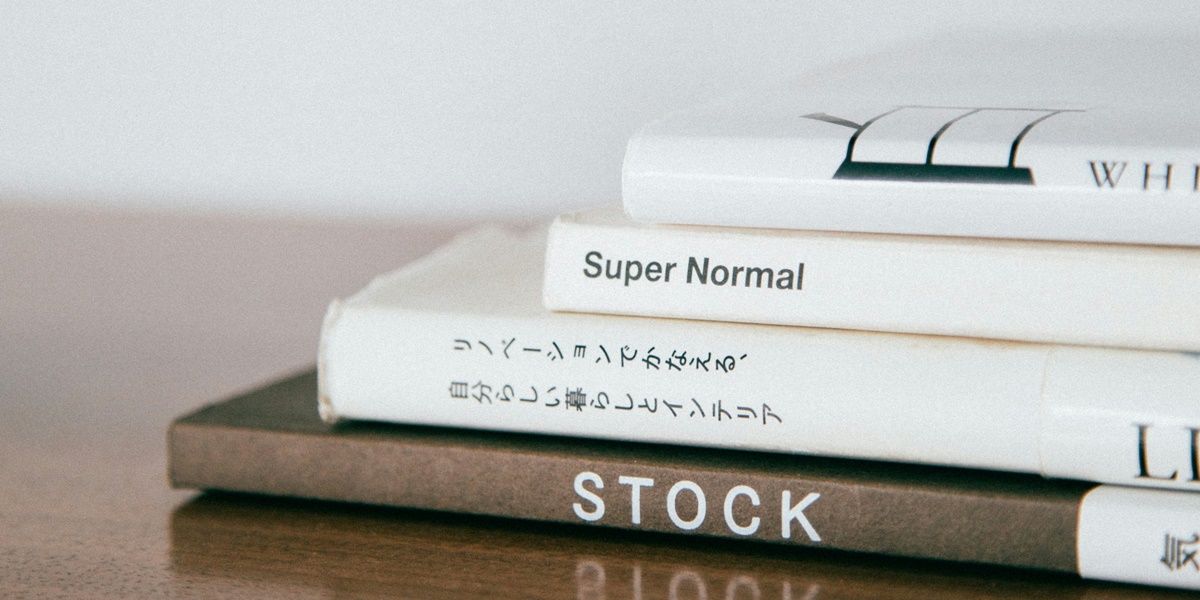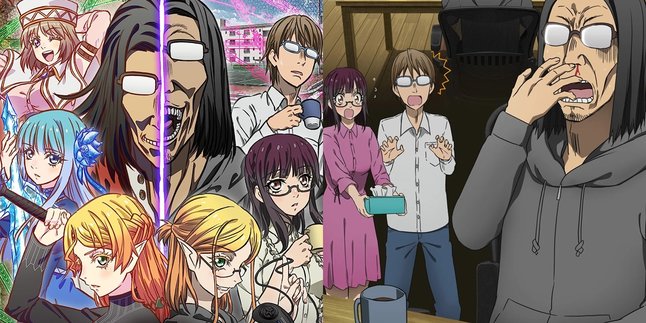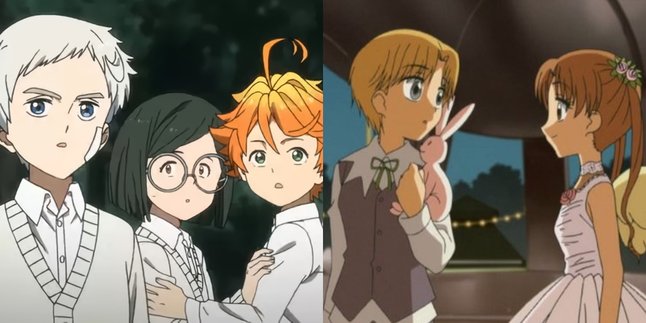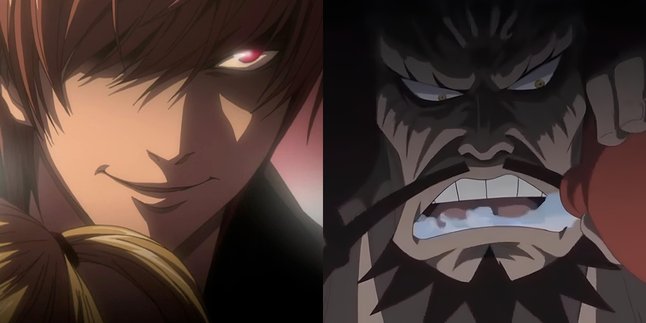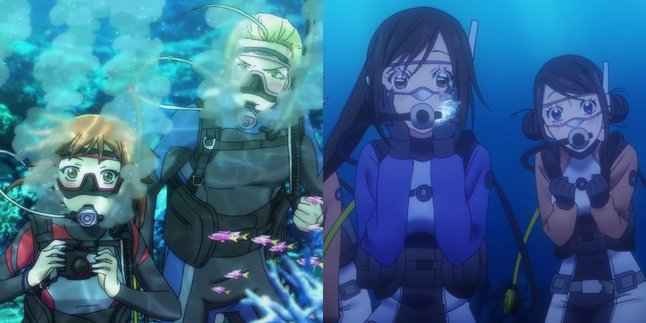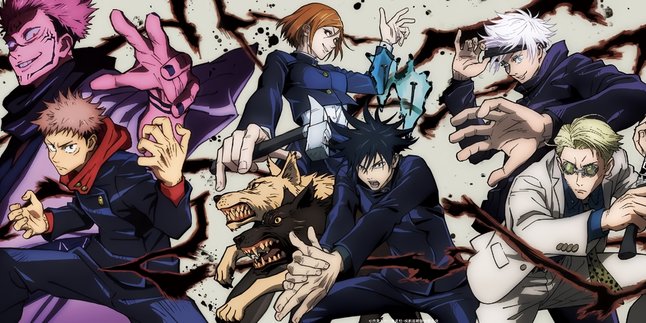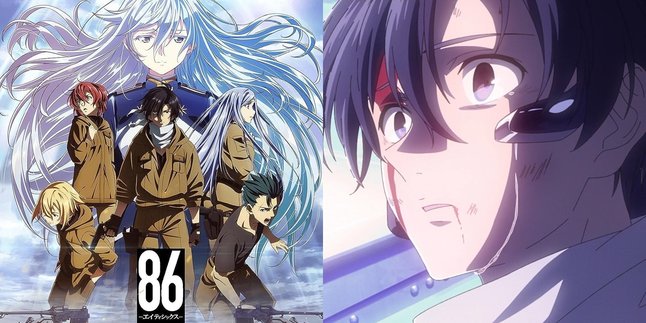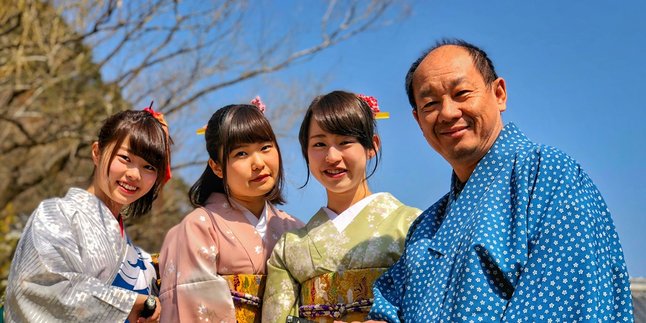Kapanlagi.com - Currently, Japanese language has become one of the most popular foreign languages in the world today. There are many reasons why someone is interested in learning Japanese, ranging from being interested in its culture to liking anime and manga. When starting to learn, the introduction of hiragana Japanese letters becomes very important.
As known, the Japanese language uses different characters than the English alphabet, Indonesian language, or any other language. In fact, the Japanese language has 3 types of characters used in daily use, one of which is hiragana which has special uses in daily life.
Curious, what are the hiragana letters in Japanese and what are their functions? To find out, just read the following review.
1. Understanding Hiragana Characters
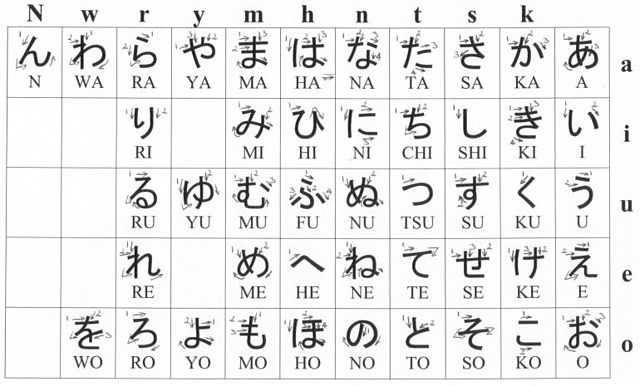
Understanding Hiragana Characters (credit: wikipedia)
Hiragana characters are one type of script used in the Japanese language. Hiragana is a syllabary, where each character represents one syllable. Hiragana characters are written in a curved and simpler style compared to the more complex kanji script.
The Hiragana script consists of 46 characters representing basic sounds, including vowel sounds and various syllables in the Japanese language. Some of the 46 sounds or pronunciations of Hiragana characters in the Japanese language are as follows:
a, i, u, e, o ka, ki, ku, ke, ko sa, shi, su, se, so ta, chi, tsu, te, to na, ni, nu, ne, no ha, hi, fu, he, ho ma, mi, mu, me, mo ya, yu, yo ra, ri, ru, re, ro wa, wi, wo (or o), n
You can see the shape or form of each Hiragana character in the image above.
2. Function of Hiragana Letters

Function of Hiragana Letters (credit: unsplash)
By learning and using hiragana letters properly, we can understand and use the Japanese language more fluently and correctly.
The function of hiragana letters in Japanese writing is very important and diverse. Here are some main functions of hiragana letters in Japanese writing:
1. Writing basic words:
Hiragana letters are used to write basic words in the Japanese language that do not have kanji (Chinese characters). For example, words like "taberu" (to eat), "yomu" (to read), and "iku" (to go) are written using hiragana letters.
2. To Assist in Reading Kanji
When hiragana letters are used together with kanji characters, they can provide assistance in reading and understanding complex kanji characters. Hiragana letters help provide the correct pronunciation and meaning when kanji characters are used.
3. To Create Loanwords from Foreign Languages into Japanese
When the Japanese language adopts foreign words, hiragana letters are used to write those words. For example: konpyuuta (computer), terebi (television).
4. To Write Particles and Function Words
Hiragana characters are also used to write particles and function words in Japanese sentences. Particles like "wa" (as a topic subject), "ga" (as a focus subject), and "no" (to indicate possession) are written using hiragana characters.
5. To Write Interjections and Punctuation
Some interjections and punctuation marks in Japanese are written using hiragana characters. For example, "ne" which means "yes" or "correct" in conversation contexts.
3. Differences with Katakana and Kanji Letters

Differences with Katakana and Kanji Letters (credit: unsplash)
As explained earlier, besides hiragana, the Japanese language also has other scripts or characters, namely katakana and kanji. In terms of form and function in Japanese writing, these two characters are very different from hiragana. To understand the differences, let's directly see the brief explanations below:
1. Katakana Characters
Katakana characters are one of the scripts used in the Japanese language to write words from foreign languages, such as names of people, place names, borrowed words, and technical terms. Katakana has a sharper and more rigid sound compared to hiragana characters. The use of katakana characters in Japanese writing is to provide emphasis, distinguish foreign words from Japanese words, and also assist in accurate pronunciation understanding, especially in international contexts.
Example: writing the name "Taylor" will be written as teira (using katakana characters).
2. Kanji Characters
Kanji characters are a type of script that originated from China and consist of thousands of different characters. Each Kanji character has a specific meaning and idea, and is often used to write nouns, personal names, place names, as well as complex and abstract concepts. In addition, Kanji is also used together with hiragana and katakana letters in writing sentences in the Japanese language.
Example: the word "nihon" (Japan) is written using Kanji characters.
Those are some explanations related to what hiragana letters are in the Japanese language. Hopefully, it is useful and can broaden your knowledge!
(kpl/psp)
Disclaimer: This translation from Bahasa Indonesia to English has been generated by Artificial Intelligence.
